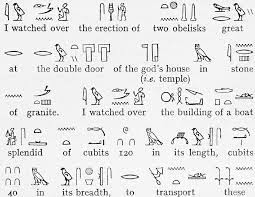-

Who translated the hieroglyphs according to the text?

Frenchman Champollion
-
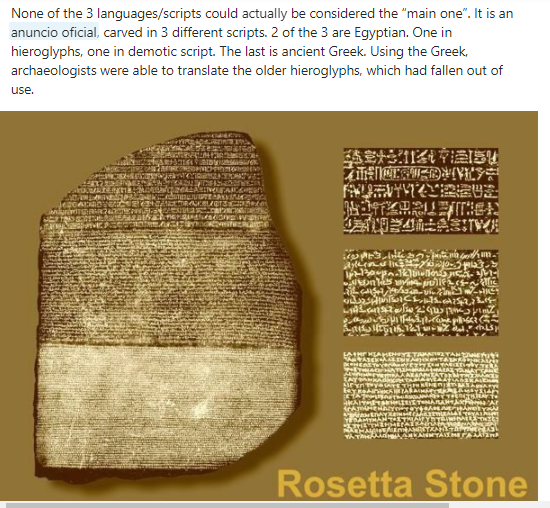
Why is it not strange that the Rosetta stone was found by a Frenchman?
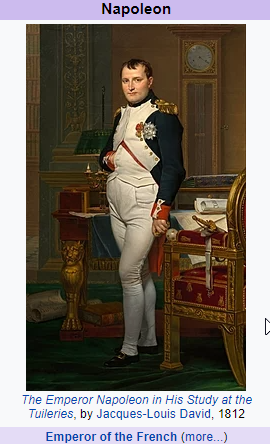
Because when Napoleon went to Egypt he took a lot of scientists with him
-
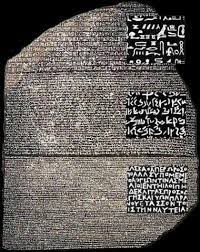
Study source 2.10. The Rosetta stone is written in three languages. Explain why this made it possible to decipher the stone.
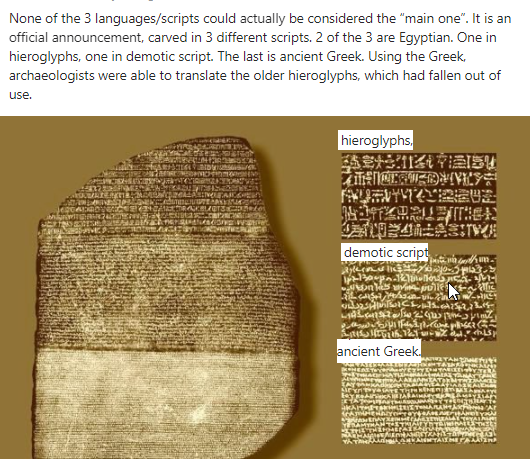
The Rosetta stone is written in Hieroglyphs, Demotic and Ancient Greek. Champollion was able to read Ancient Greek and because of this he could translate the same text in Hieroglyphs.
-
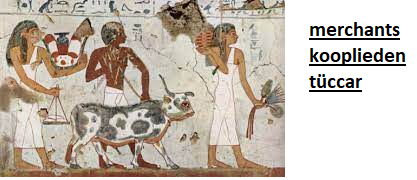
Explain why it was useful for merchants to write. Use the source in your answer.
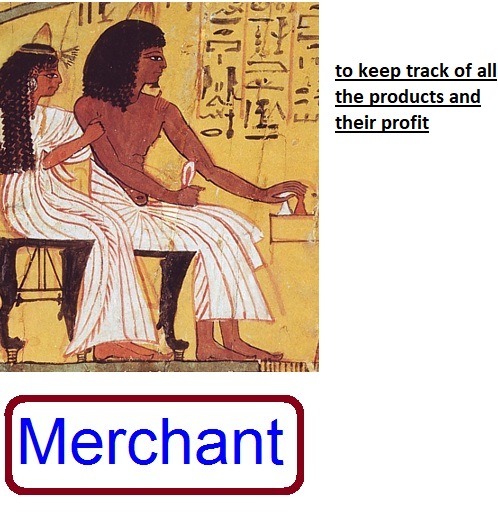
In the source you can see how a merchant makes a list. For merchants, it was necessary to keep track of all the products and their profit.
-
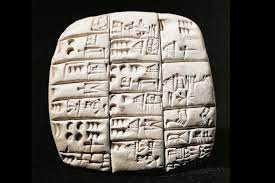
Explain what the first writing looked like by using an example.
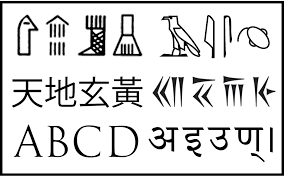
The first writing was made in simple images. An ox was drawn as a triangle with two stripes.
-

Explain what is meant by cuneiform. Use the text.
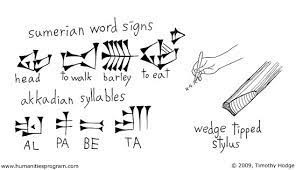
Cuneiform is the Sumerian way of writing in which they used symbols and lines.
-

Imagine that you lived in ancient Sumer and that you had invented writing. How could you convince others of its usefulness? Think up two arguments. Use words like: useful, remember, list, show, product(s).
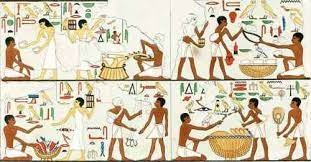
I tell them it will be helpful to write them down so they can remember. If they make a good list, it will be useful to keep them in mind and if they remember when they see these articles, they will not forget what they will do.
Student’s own answer. For example: writing is useful because you can make a list of the products you have. You can keep track of the number of products that you bought or sold. You can show other merchants which products you have without bringing them with you. Everything you learned can be written down so others could read it.
-
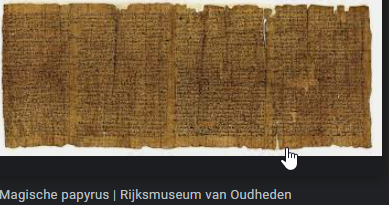
What did the Egyptians write on?
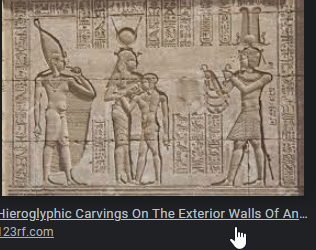
They wrote on the walls of temples and graves, but also on the stems of the papyrus plant.
The Egyptians wrote on papyrus, on the walls of temples and graves
-
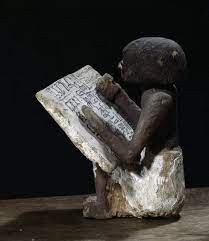
Which new profession emerged in Egypt?
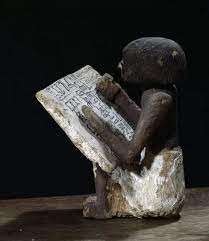
the scribe
-
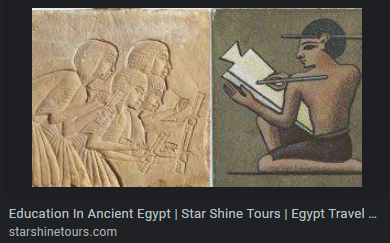
Where did rich Egyptian children learn how to write?
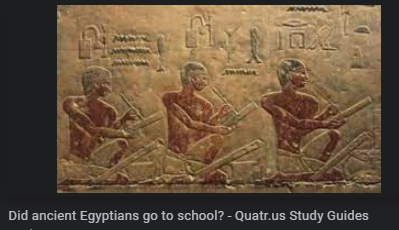
at school
-
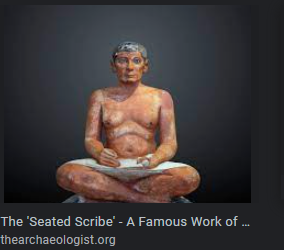
Why would a family be proud if a young Egyptian learned to write?
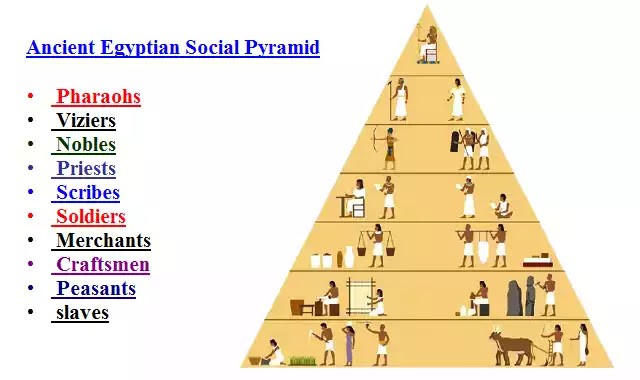
You were able to become a scribe and move up in the social pyramid of Egyptian society.
-
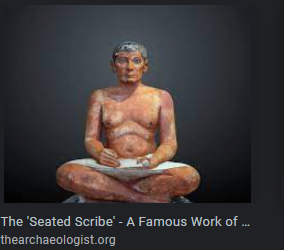
Think up two differences and a similarity between writing and learning to write in ancient Egypt, and the way we do that nowadays.

Difference 1: The Egyptians wrote on papyrus and walls while we use paper or write on the computer.
Difference 2: Not everybody in Egypt was allowed to learn to write; only boys from rich families learned to write.
Difference 3: Hieroglyphs are small drawings and our alphabet is not formed this way.
Similarity 1: Today we still learn to write at school.
-

gilgamesh
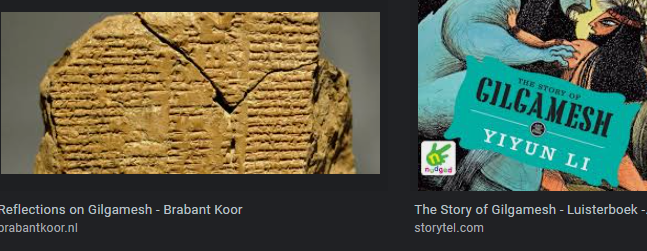
A legendary king of Uruk whose adventures were written down in a story
-
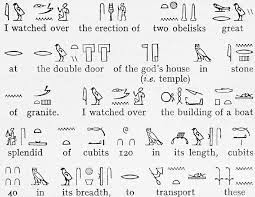
hieroglyphs
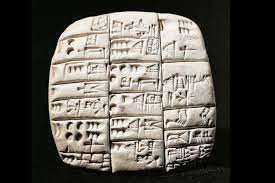
The Egyptian form of writing in which drawings are used instead of letters.
-
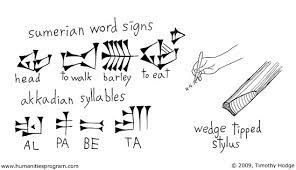
cuneiform

The Sumerian way of writing in which they used symbols and lines.
-

papyrus

A plant that grows on the banks of the Nile in Egypt. Its stems were used to write on.
-
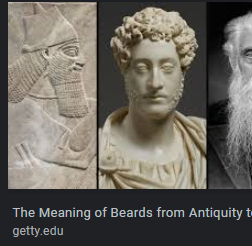
antiquity
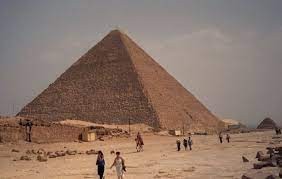
A time period in history in which people invented writing and the first civilisations arose.
-
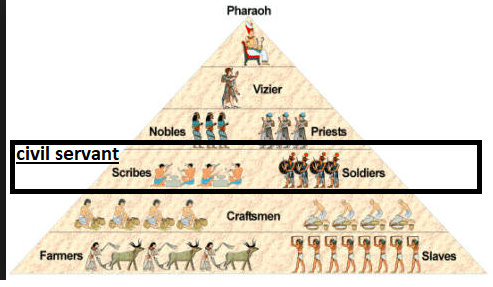
civil servant
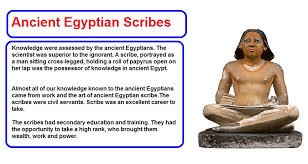
Someone who works for the government, which in this case is the pharaoh of Egypt.
-
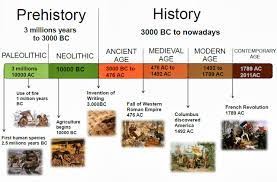
Which time period ended and which one began when writing was discovered?

prehistory ended when people started writing
Prehistory ended when people started to write and antiquity began.
-

Give three arguments from the book that teach us why writing is important.

writing is important to remember
so you can without direct contact with a person
so you can share ideas
-
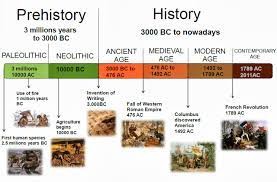
Explain why we don’t know the thoughts of people in prehistory.
because they couldnt write in prehistory

We have no written sources of people in prehistory. That is why we can’t read about their thoughts and feelings.
-

Study source 2.14 in Why is writing so special? (Theory F). Name a difference between hieroglyphic writing and the other writings.

Hieroglyphs are small drawings, the others are mainly lines.
-
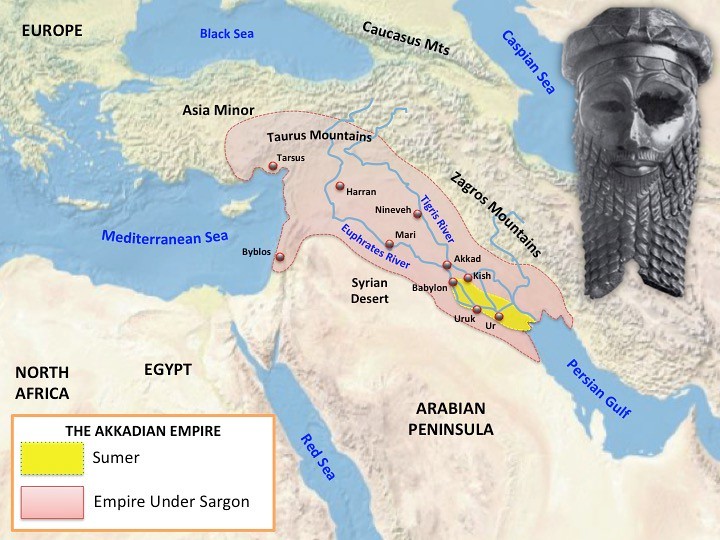
Four out of five arrows point at rivers on the map. Discuss with your neighbour and try to explain why most written sources are found close to rivers. Use the word civilisation in your answer.
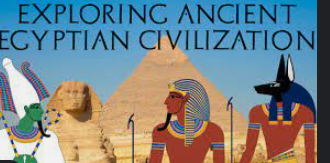
Most civilisations arose close to rivers, because the farmers produced an agricultural surplus there. Because of a surplus of food, the people could specialise in, for example, writing. Writing is a characteristic of a civilisation.
-

In this exercise you will practise Skill 5: Recognising the influence of the past. Explain why the discovery of writing still influences the present.

We could not have been as developed as we are now if writing had not been discovered. The things we know today are those we learned from people before us who wrote their knowledge down. Today, most of us use writing every day.
